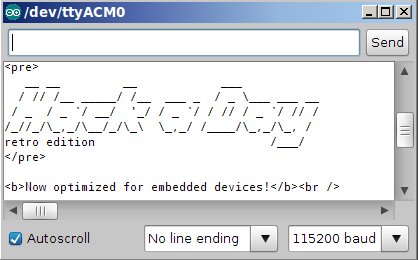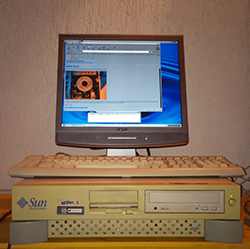Although we’re well past the heyday of ‘pen computing’, and seemingly into a retro revival with laptops and tablets that come with Wacom styluses and digitizers, this doesn’t mean the pen computers of old weren’t useful. While they were mostly used for industrial applications, they were useful and some of the first practical applications of touch screen displays.
[Jason] got his hand on one of these ruggedized handheld PCs – specifically, an Itronix T5200. This three-pound mini notebook runs Windows CE Handheld PC Edition 3.01. The specs include a 74MHz RISC processor, 16 MB of RAM, 16MB of Flash, and a 7.3 inch monochrome touch screen with 640×240 resolution. It’s odd and old: when closed, it’s over two inches thick. You’ll be hard pressed to find a modern laptop that thick. [Jason]’s hardware is a pre-production version.
Unlike a lot of retro submissions that have somehow managed to pull up the Hackaday Retro Edition on old hardware, this machine actually has a browser. It’s old, it’s clunky, but it works. There are three options for getting this old computer up on the Internet – either IrDA, an RJ11 modem port, or RS232. [Jason] didn’t tell us which port he used to load up the retro edition, but he did send in a few pictures. You can check those out below.





 After seeing an earlier Hackaday post on old, old Unix systems loading up
After seeing an earlier Hackaday post on old, old Unix systems loading up 









